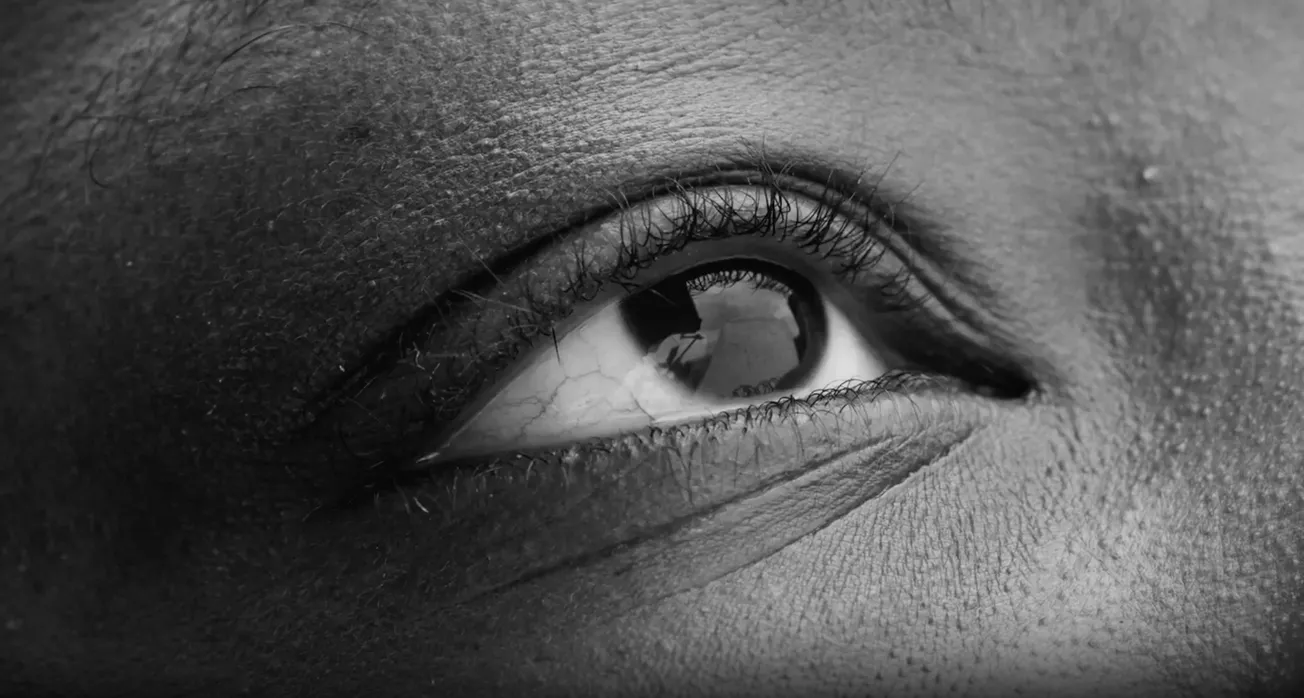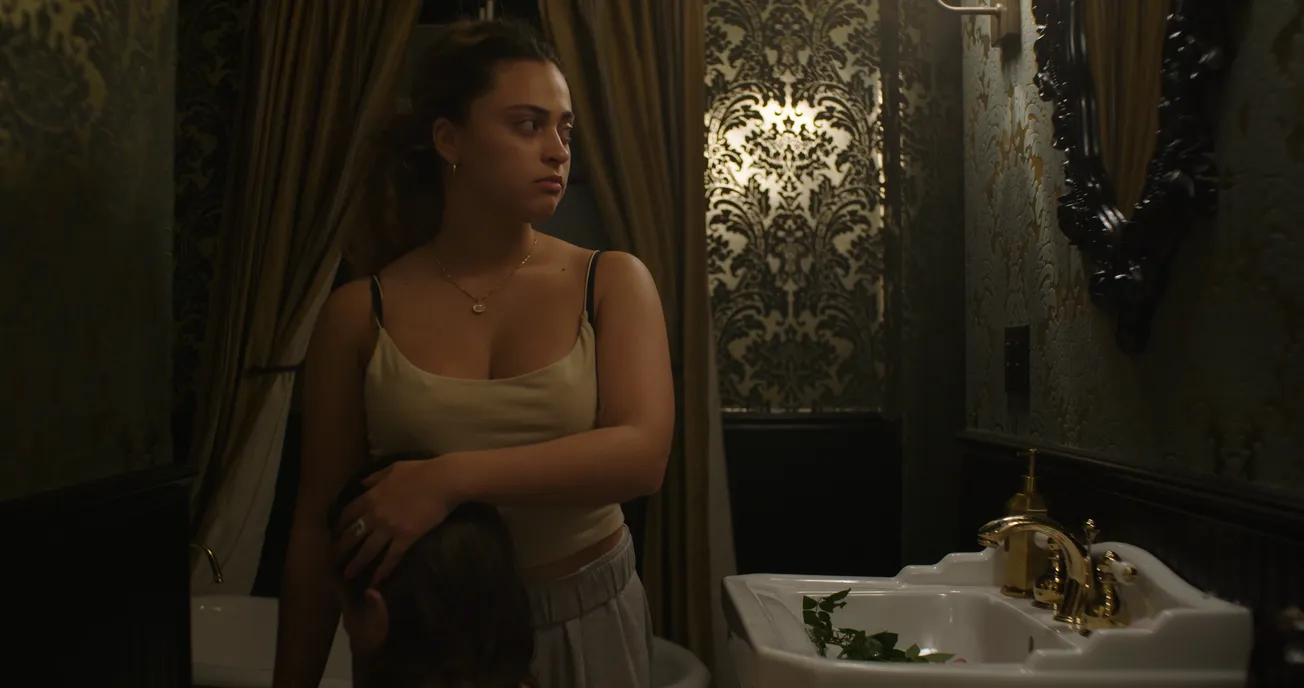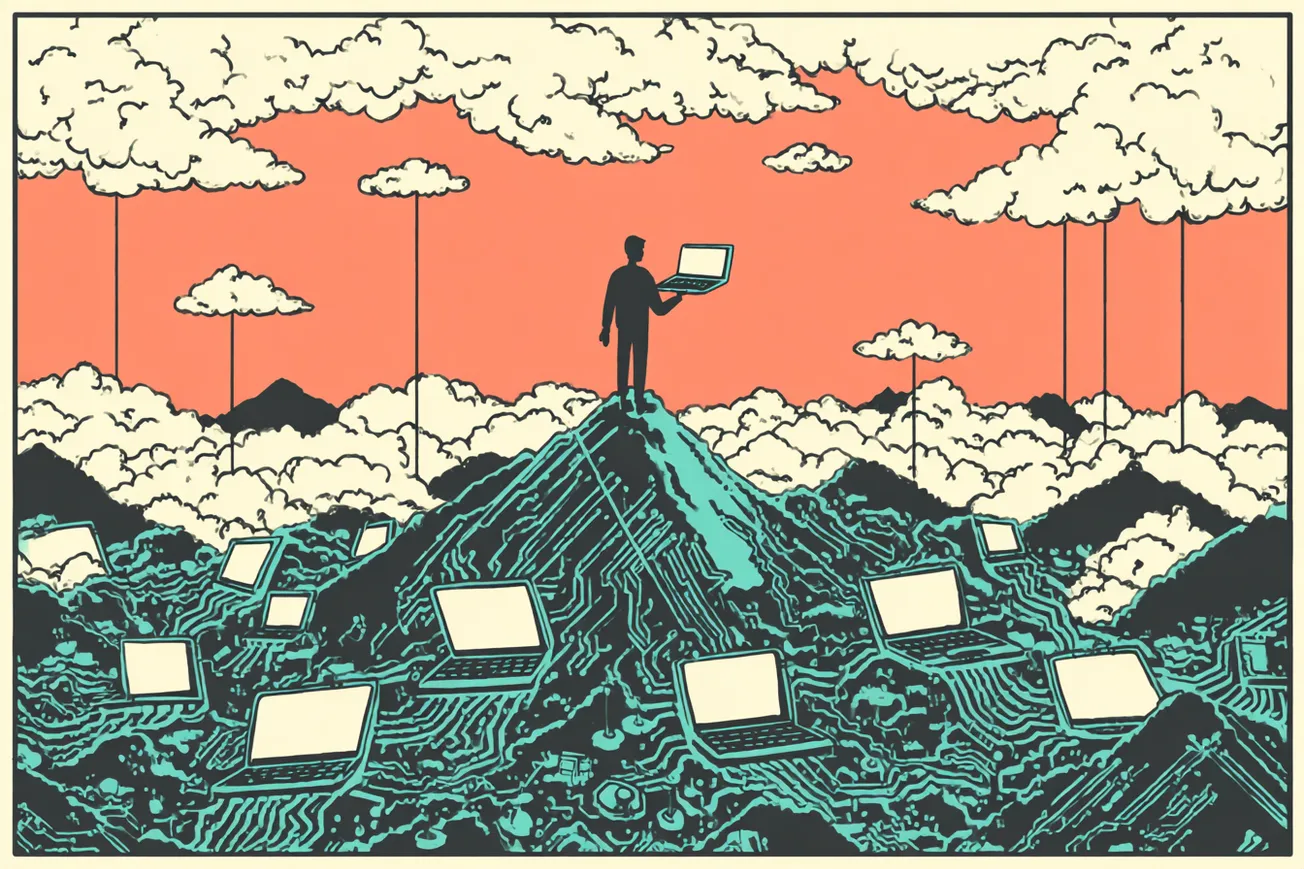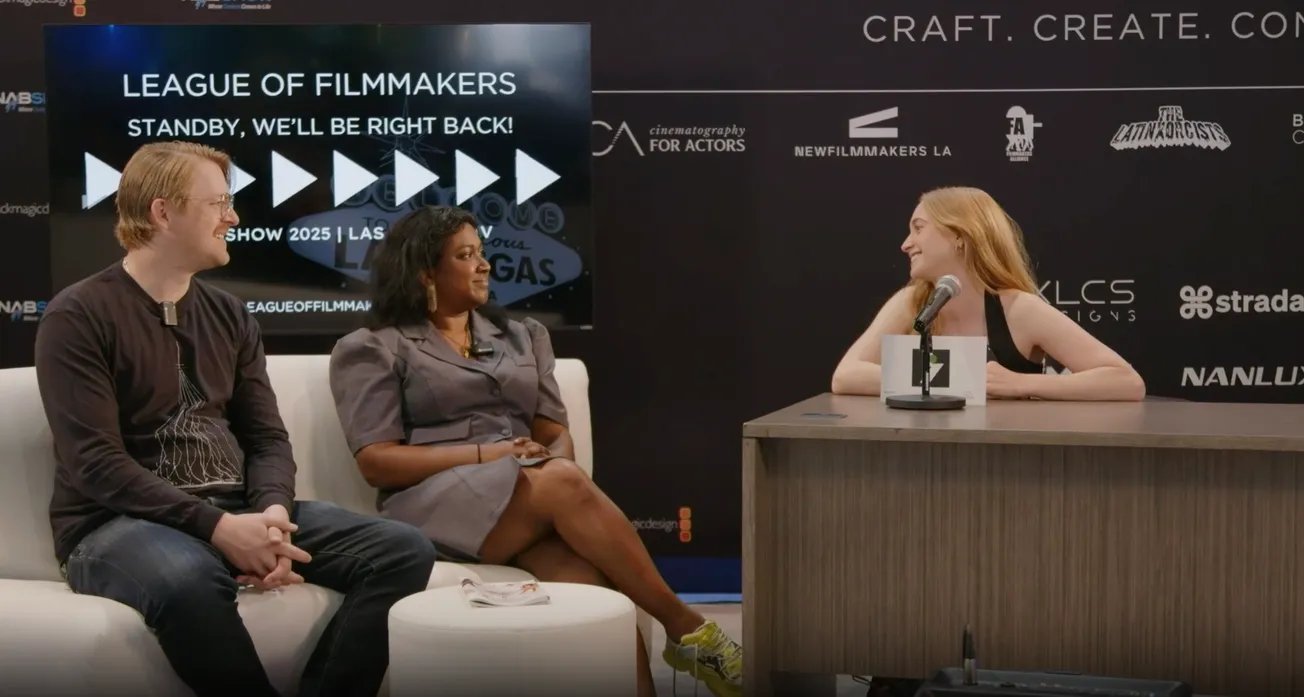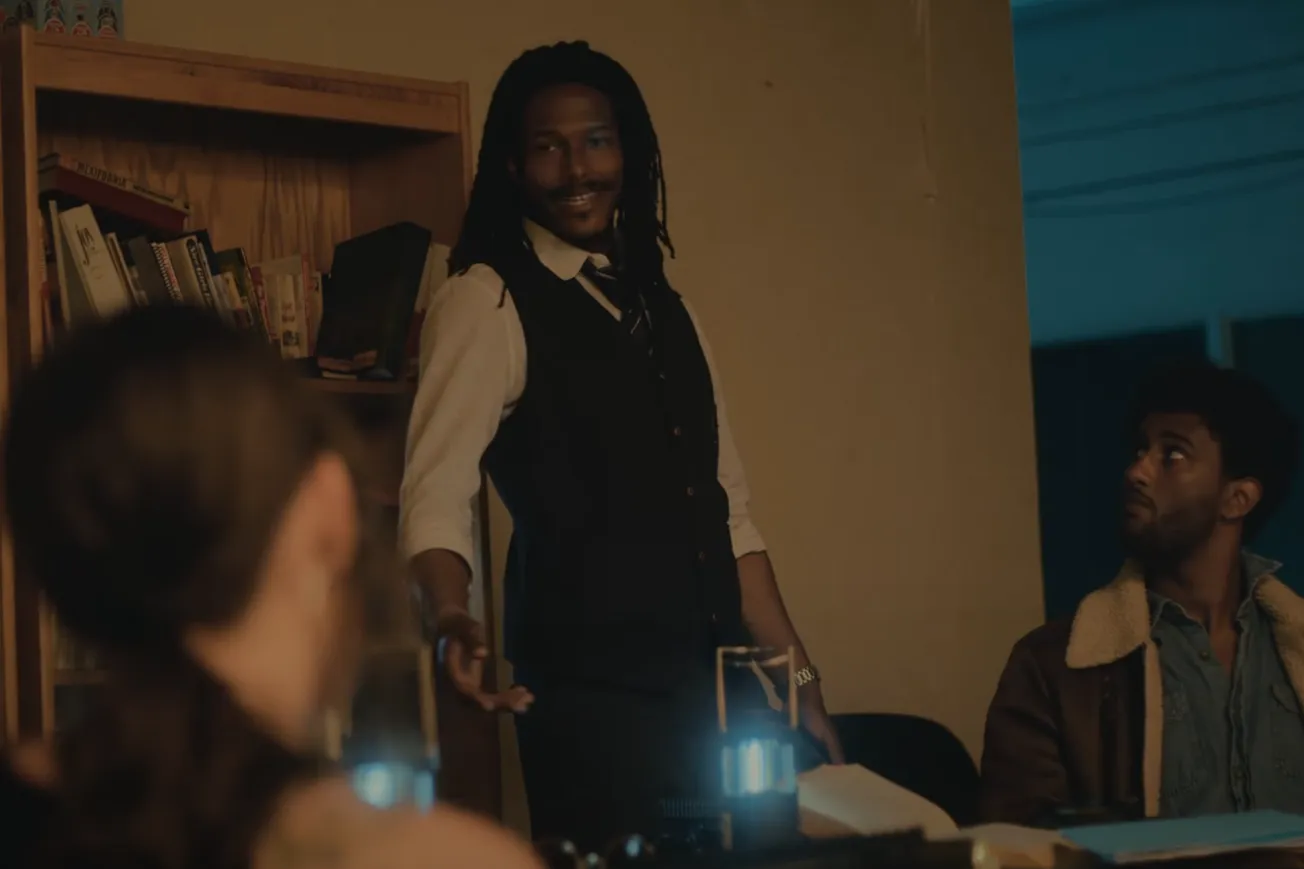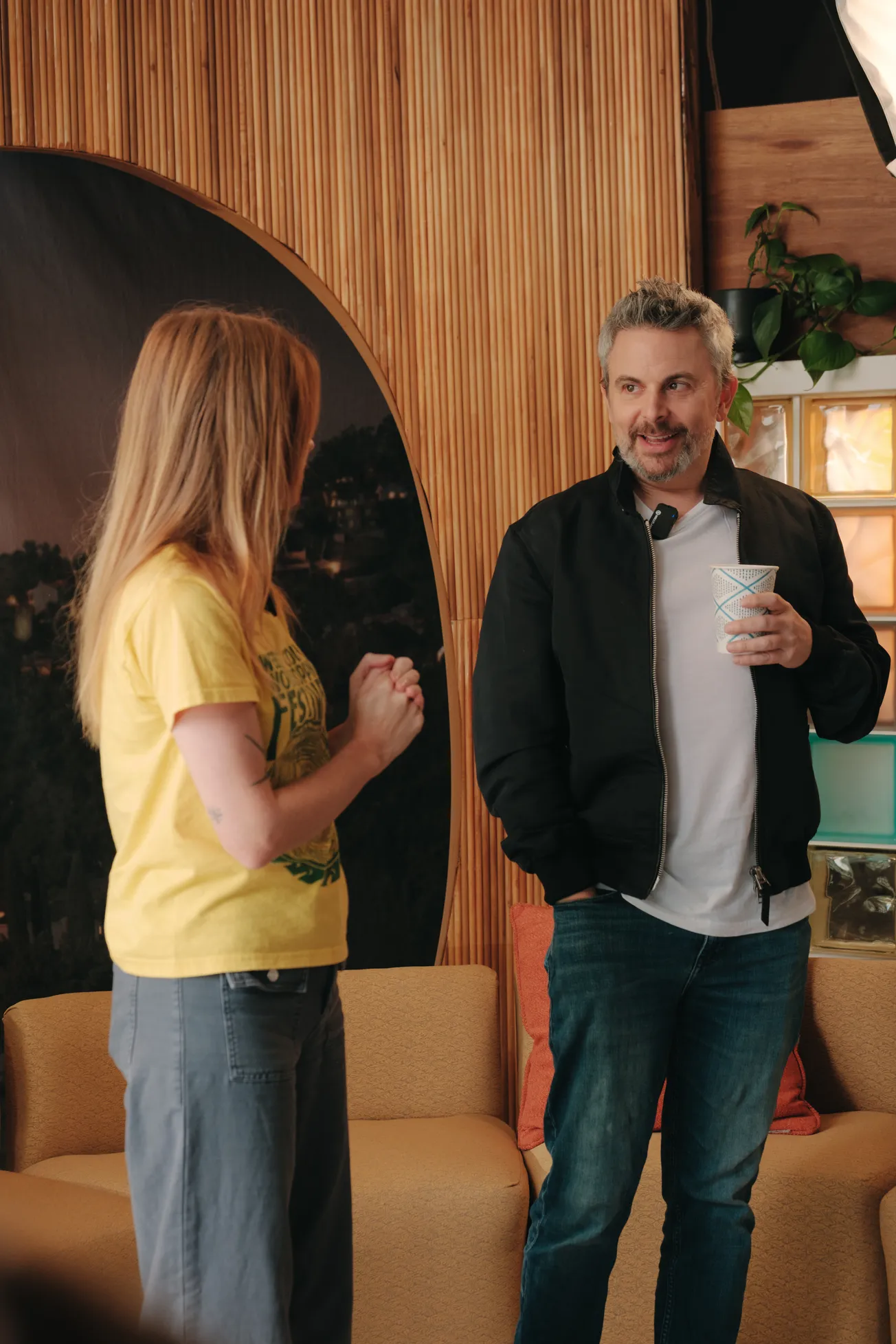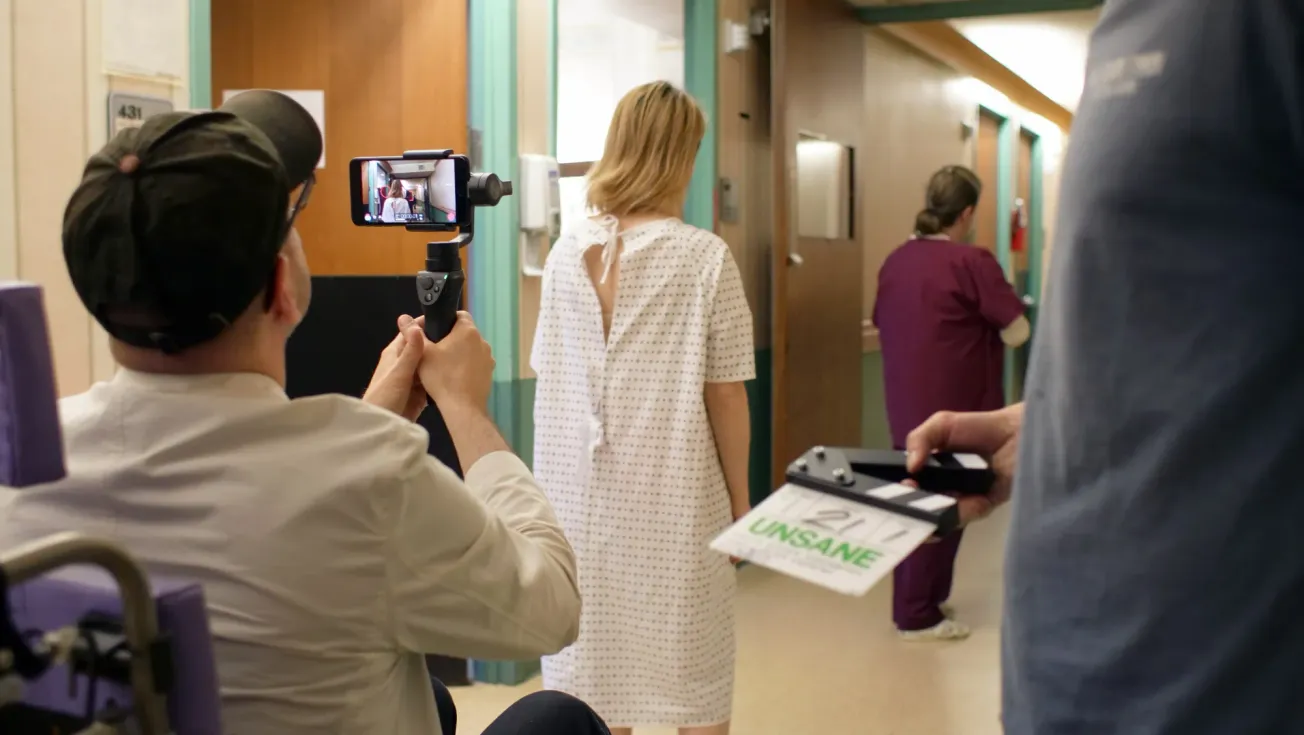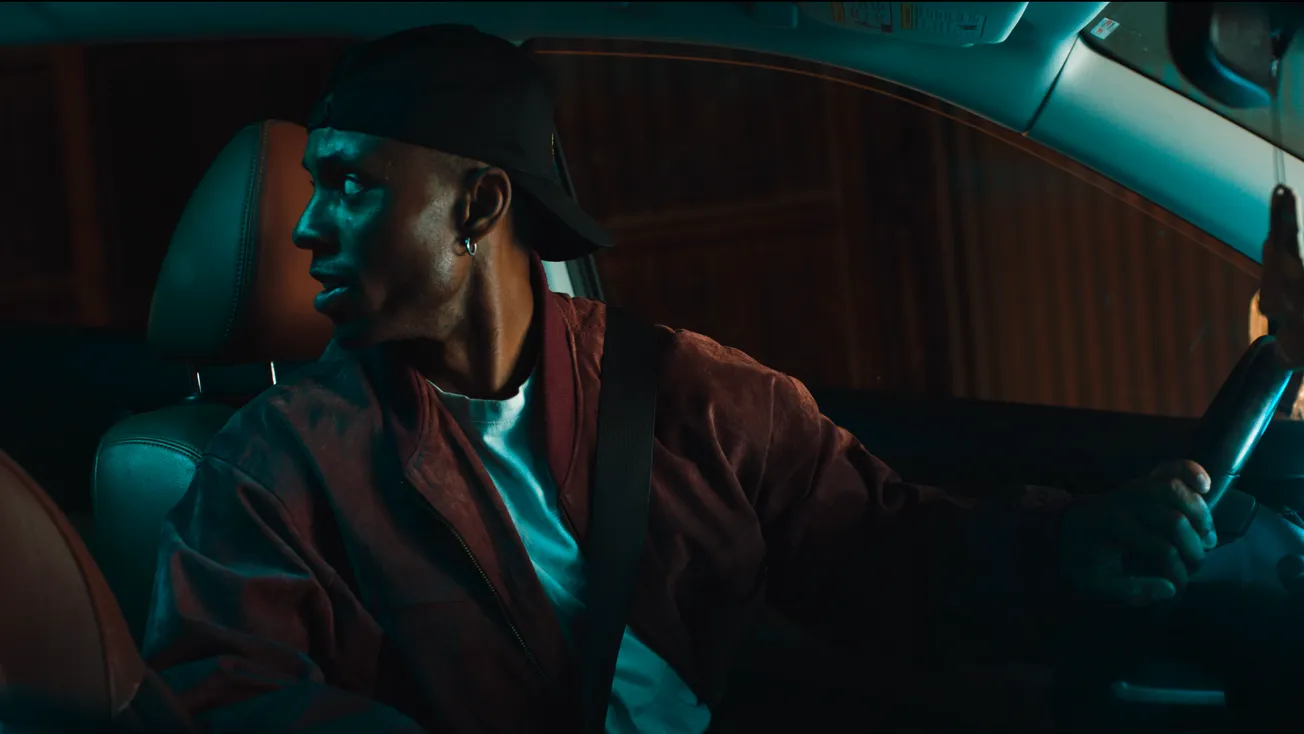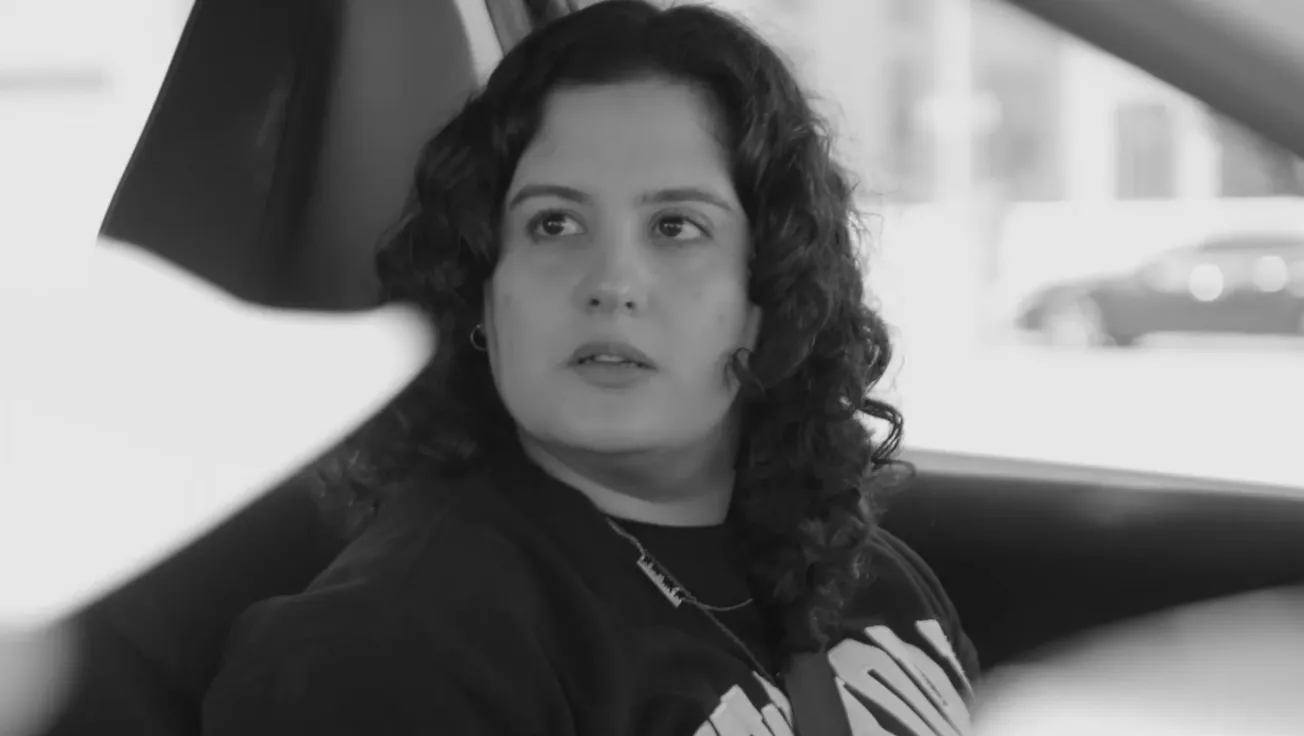Table of Contents
In a recent discussion led by Jacques Alamac of Filmmakers Alliance, we explored how the unique blend of artistic visions from Ashley Douglas, Jacqueline Rosenthal, and Rocky Huang came together to communicate urgent emotions about societal issues.
How the Project Came Together
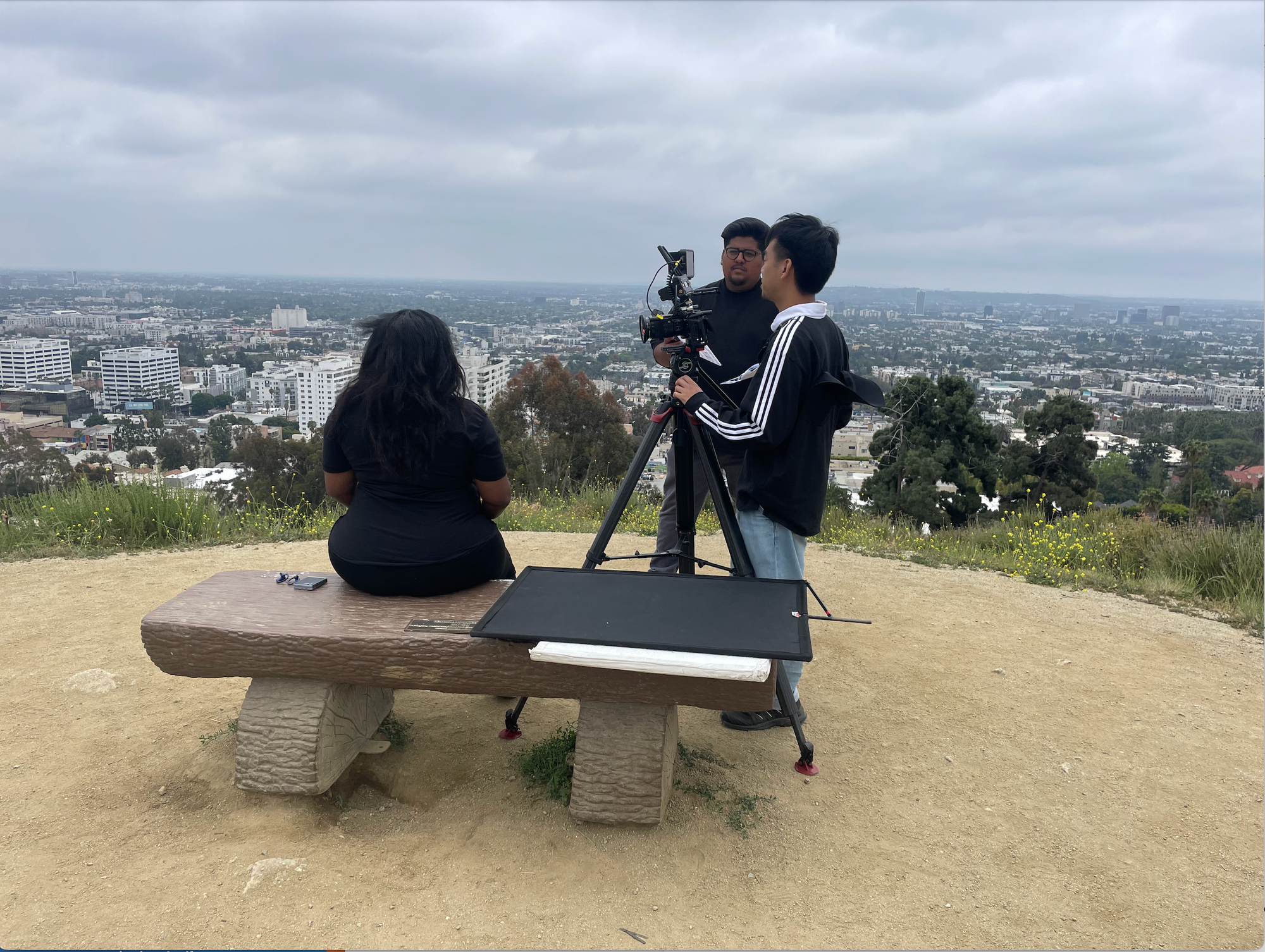
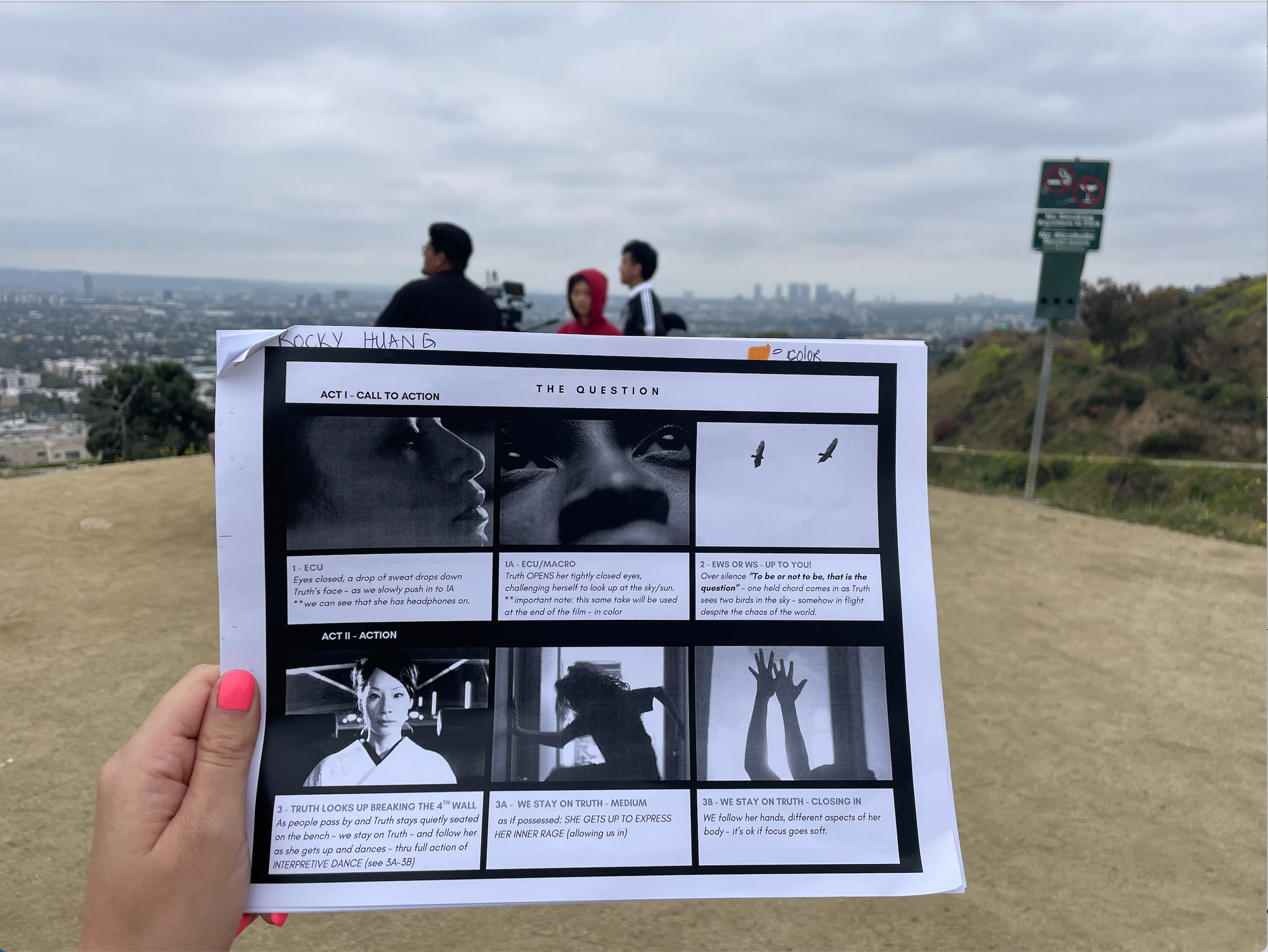
Origins of Collaboration
Ashley and Jacqueline initially crossed paths 13 years ago while performing together in community musicals. Though they developed a close friendship, it wasn’t until now that they collaborated on a project. Ashley was excited to create art together, but they still needed the right vehicle to express their shared sentiments.
The Inspiration for "Letter to 2025"
The idea for "Letter to 2025" took shape through the collaborative challenge offered by Cinematography for Actors (CFA), a nonprofit that supports underrepresented creators. This event encouraged artists to connect and draw from one another's strengths. Jacqueline connected with Rocky after discovering his name on the list of available collaborators.
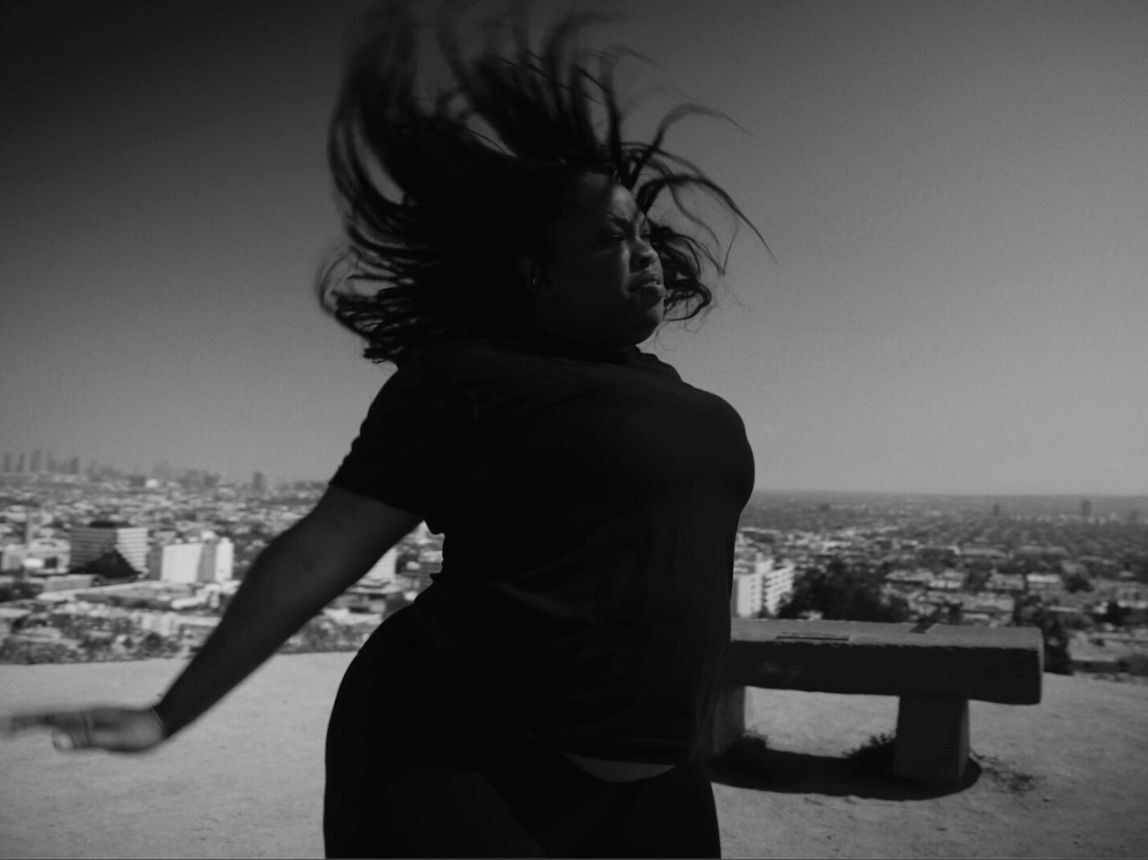
Forming the Team and Concept
In terms of roles, Ashley took the lead as a dancer and choreographer, while Jacqueline served as the writer, director, and editor, and Rocky contributed as the cinematographer.
This trio seemed destined to produce a poignant piece that channeled their frustrations about current societal issues, particularly the overwhelming stream of negative news in modern life.
Key Themes and Artistic Approach
Exploring Mental Health Through Art
As artists living in Los Angeles, Ashley and Jacqueline expressed concerns over how the city's environment affected their mental health. They felt compelled to create a piece that illustrates the struggle of remaining informed about distressing news while managing personal emotional wellbeing.
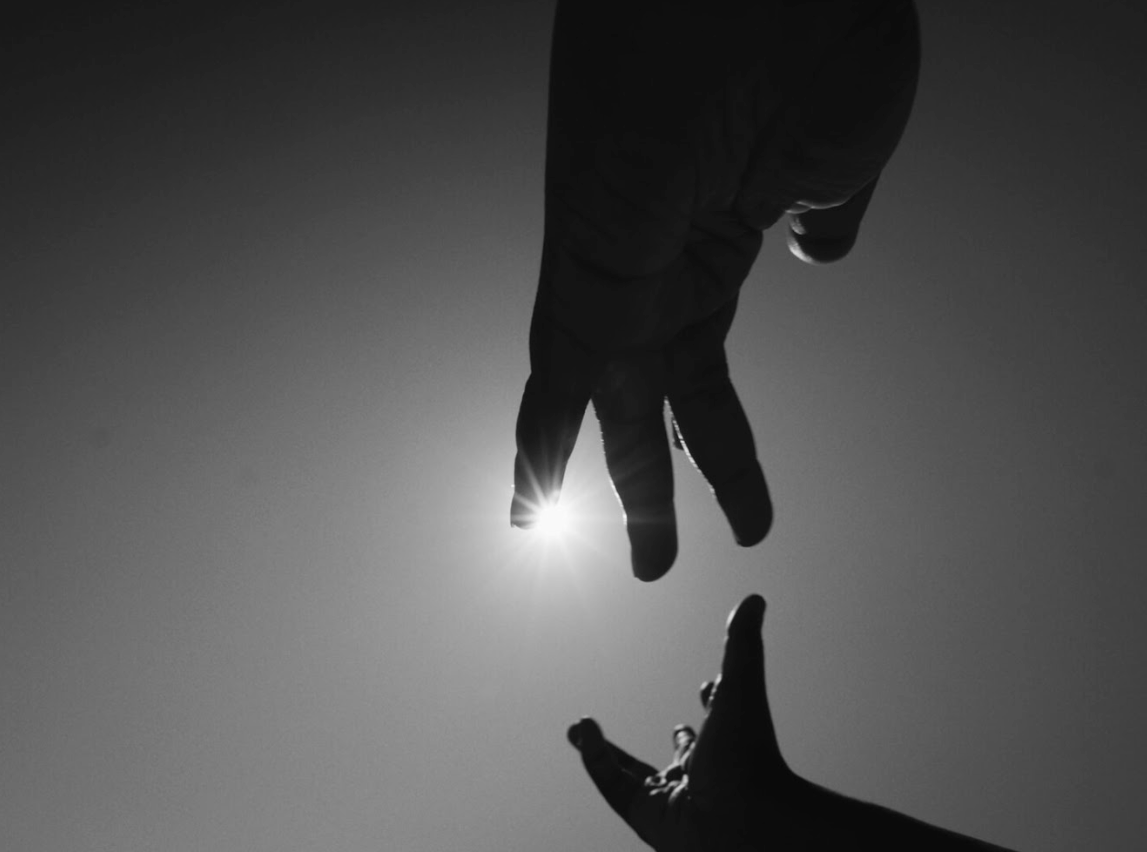
Throughout their creative process, the team adopted a storytelling approach wherein Ashley's movement as a dancer embodied these conflicting emotions.
Improv as a Creative Vehicle
One of the most remarkable aspects of their collaborative process was the decision to harness improvisation.
Ashley choreographed the movements inspired by her feelings on the day of filming, drawing from Jacqueline's storyboards while allowing herself the freedom to create on the spot.
Rocky echoed this sentiment, noting how they sought to capture authentic, spontaneous moments that could resonate deeply with audiences.
Navigating Challenges in Production
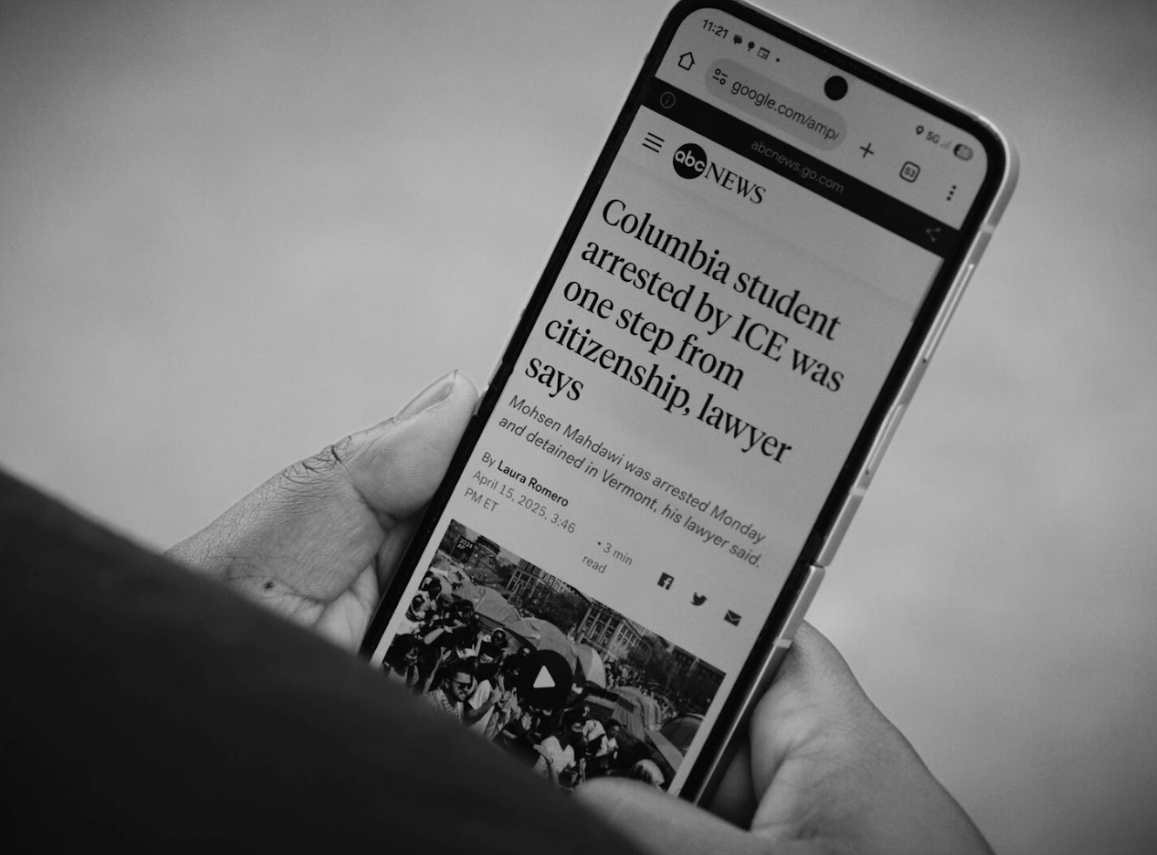
The Outdoor Shoot
Their shooting location required a challenging hike to access a scenic view of Los Angeles, illustrating the lengths to which the team went to enhance their visual storytelling.
They operated without permits, which allowed them to remain agile and responsive during shooting. Each member contributed their unique perspectives and expertise, resulting in a gratifying collaborative experience.
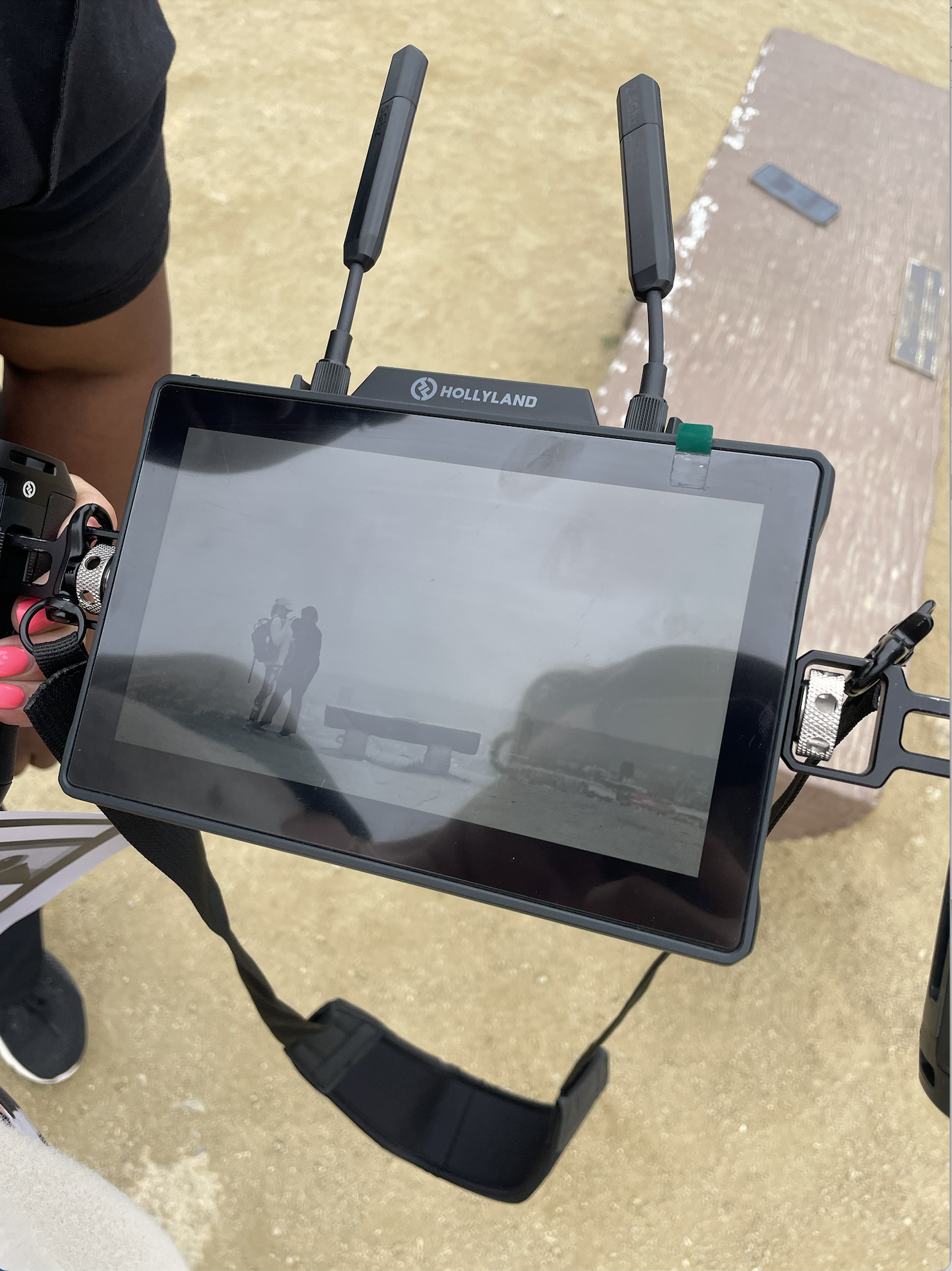
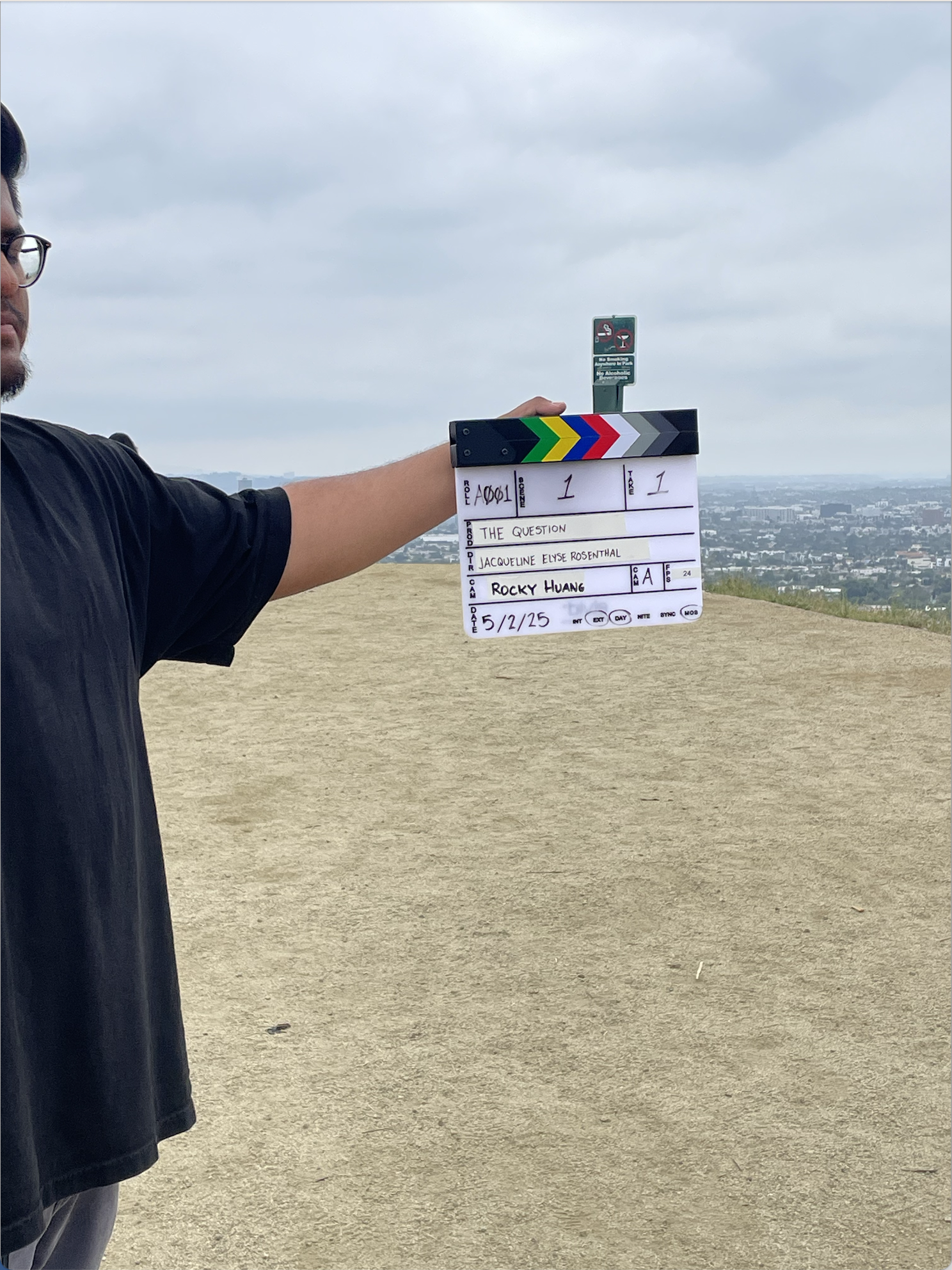
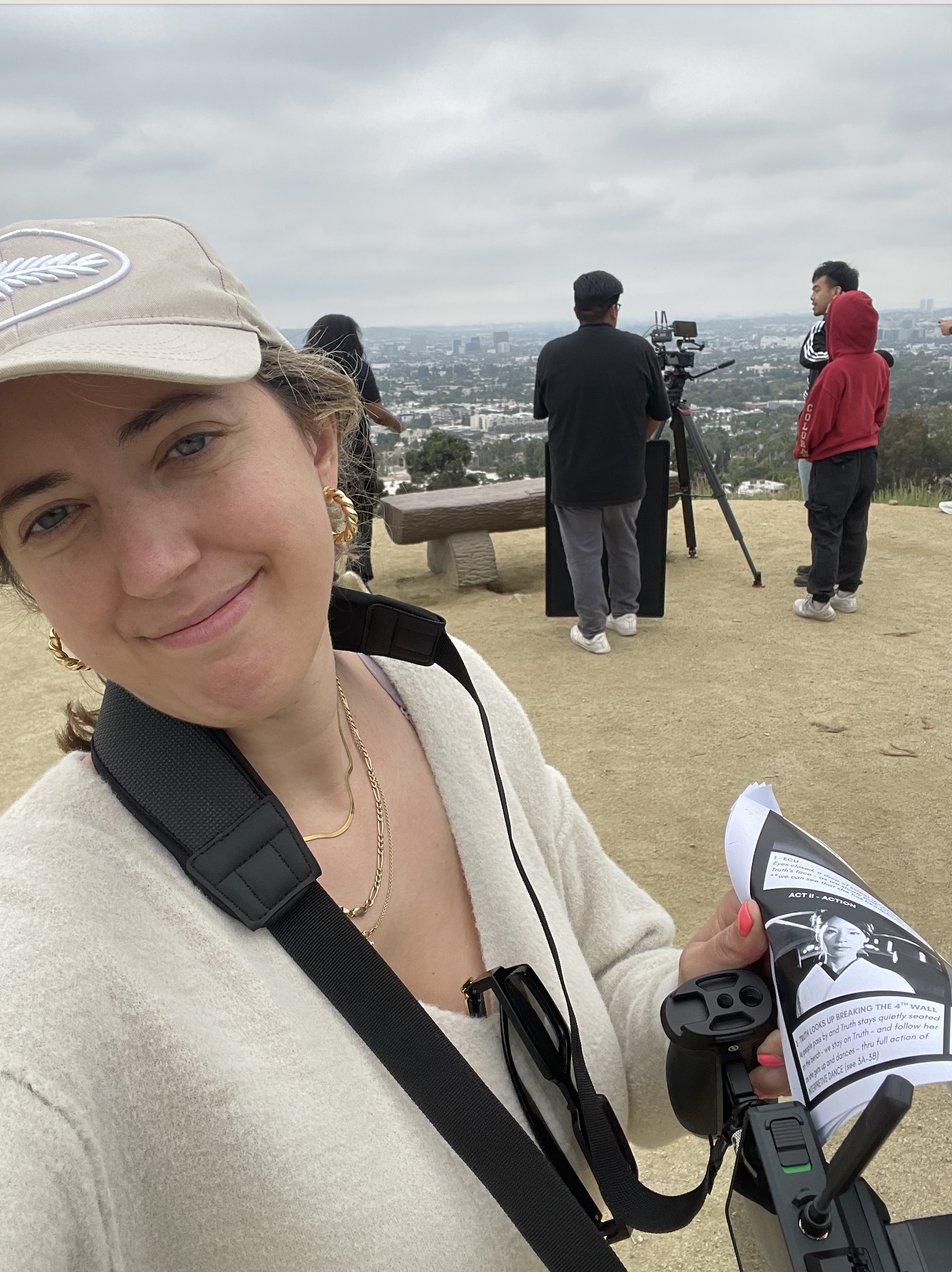
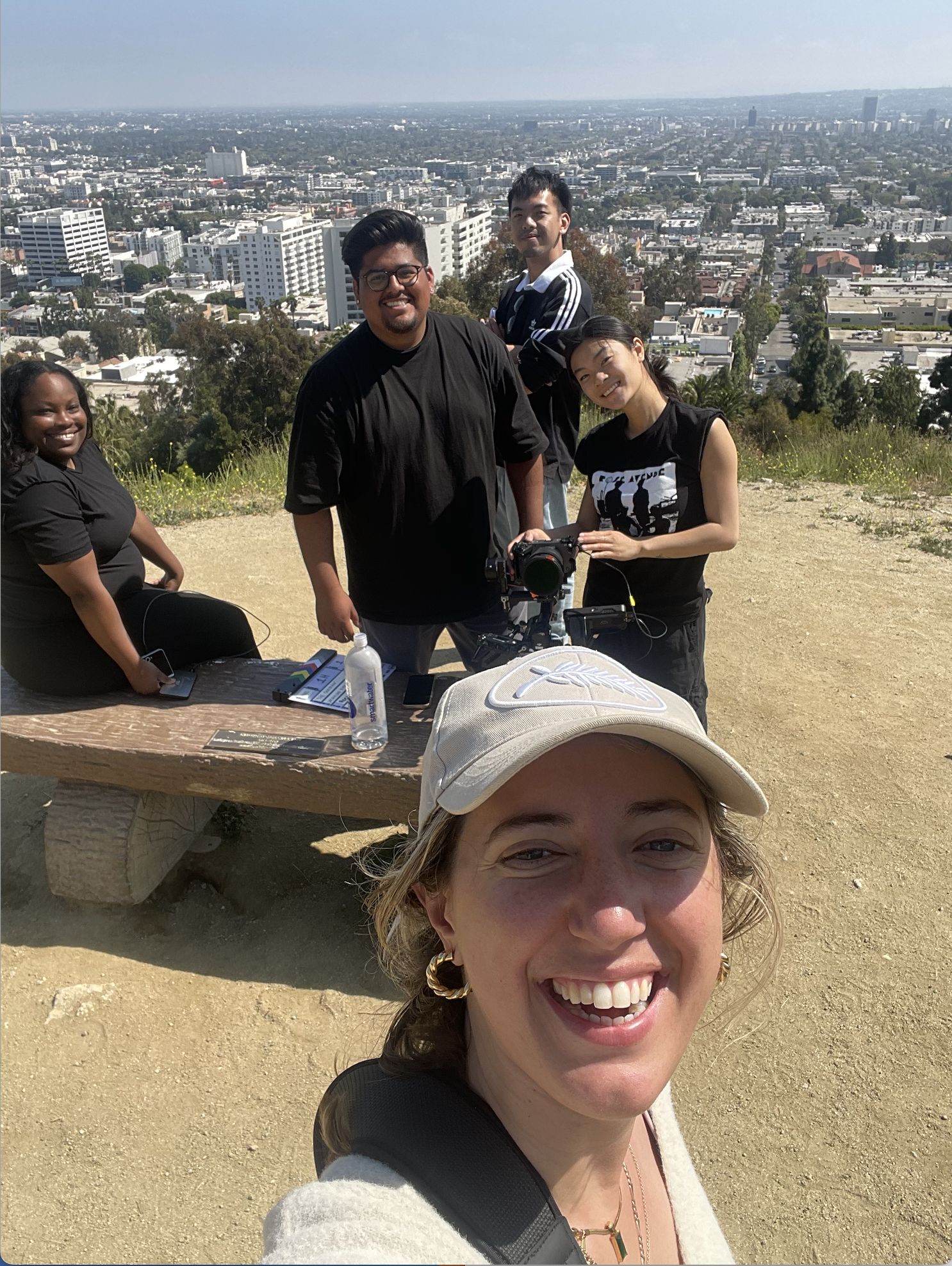
Takeaways for Emerging Filmmakers
Through their journey, the filmmakers solidified several vital takeaways for aspiring creators:
- Embrace Flexibility: Sometimes, last-minute ideas can become the most impactful. Trusting instincts is crucial.
- Prioritize Collaboration: Engage with teammates in dialogue about their creative thoughts before imposing personal views—this fosters a richer artistic environment.
- Incorporate Improvisational Elements: Allow space for organic creativity within planned structures.
- Own Diverse Roles: Filmmaking is a collaborative art that thrives on shared ownership; each role is essential in telling the overall story.
- Healthy Communication Styles: Establish an atmosphere where all artists feel comfortable contributing their ideas to the project.
The creativity behind "Letter to 2025" is only a glimpse of the potential that emerges when artists from various backgrounds come together to share their visions.
Through their experience, Ashley, Jacqueline, and Rocky embodied the spirit of CFA’s mission to uplift underrepresented filmmakers and collaborate in meaningful ways.
As they venture into future projects, one thing is certain: the collaboration they cultivated will resonate throughout their work—an inspiring example for emerging filmmakers navigating their own paths in the industry.
This piece was shaped from an original conversation (recorded, written, or filmed). Using only the source material, editing tools powered by AI helped refine structure and flow under close human guidance. All ideas and details reflect the voices of the original speakers.

